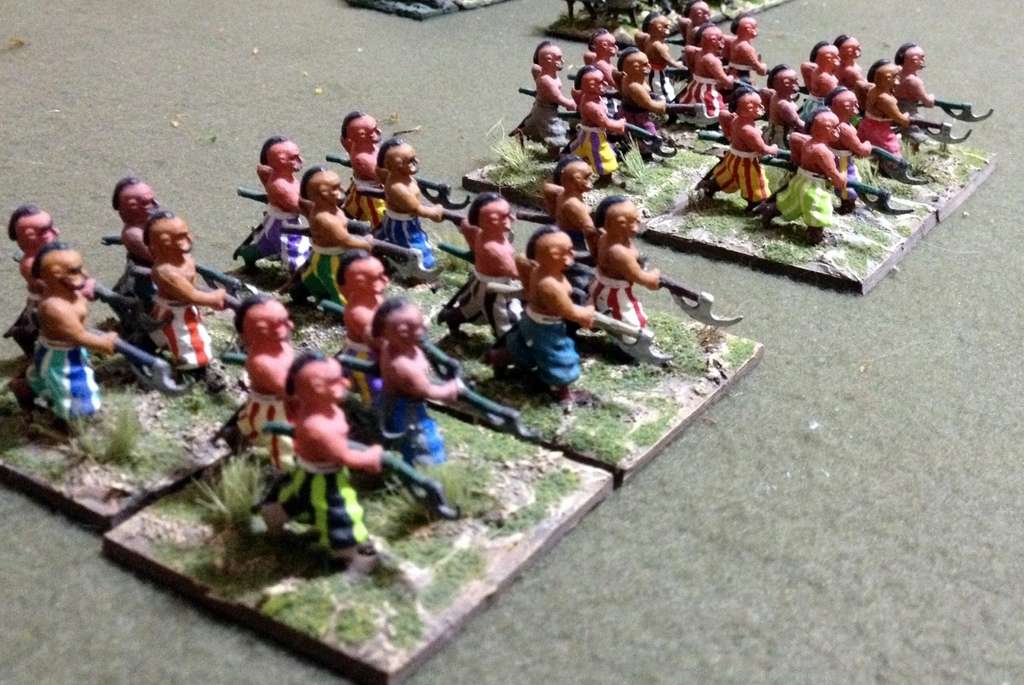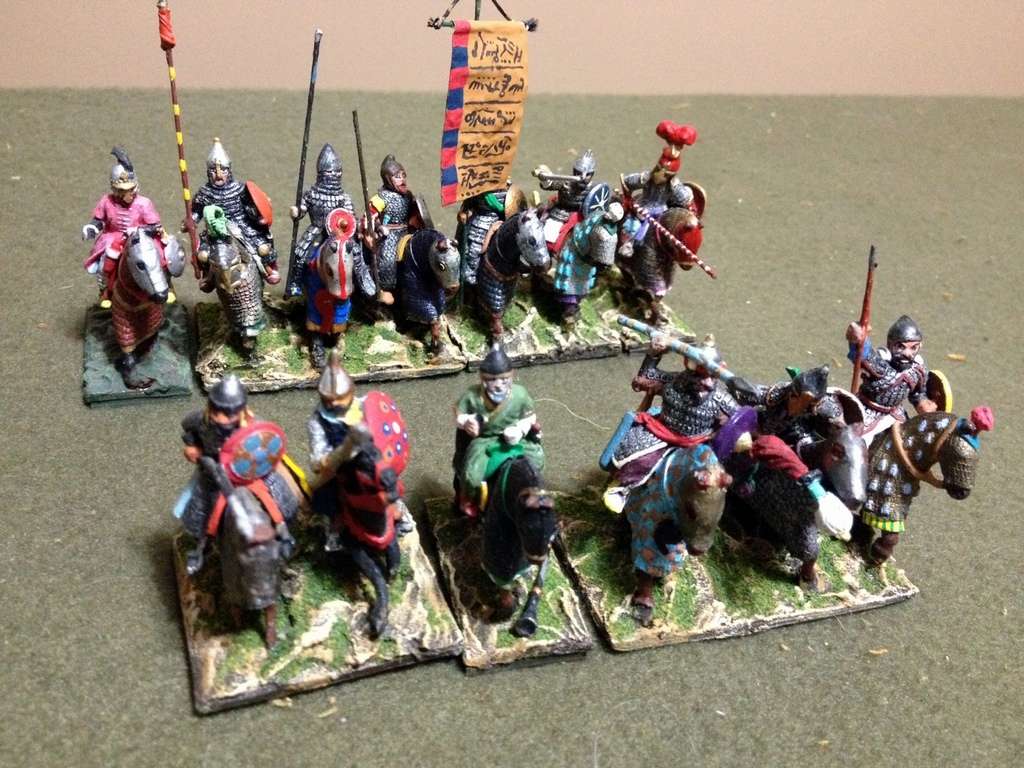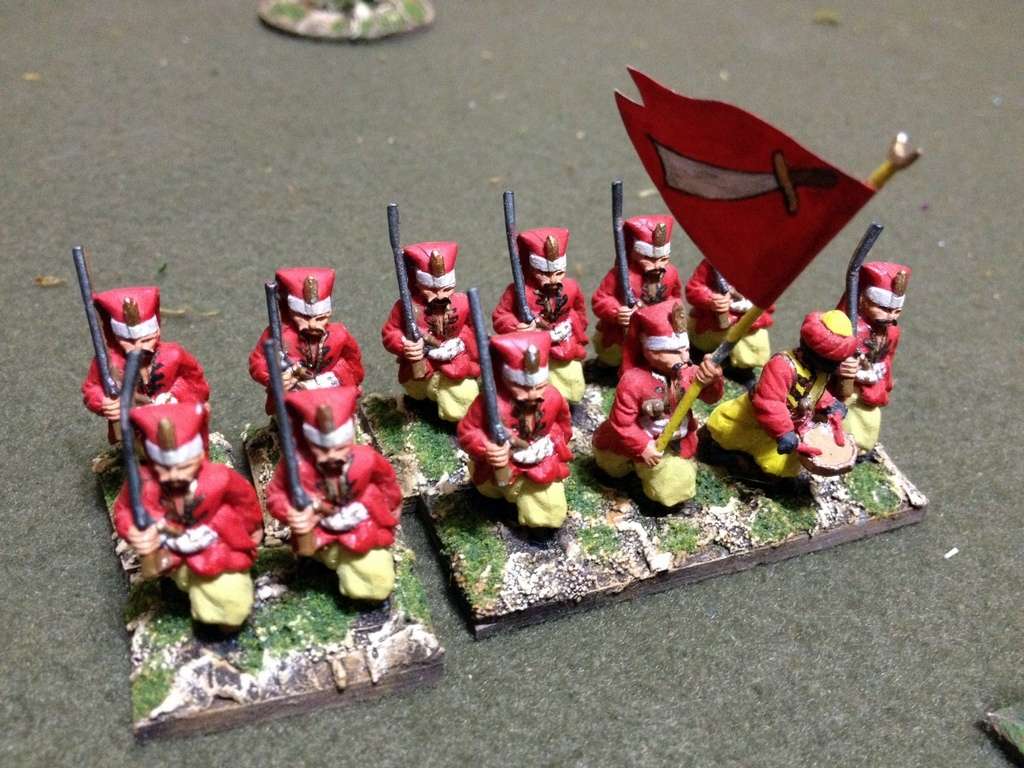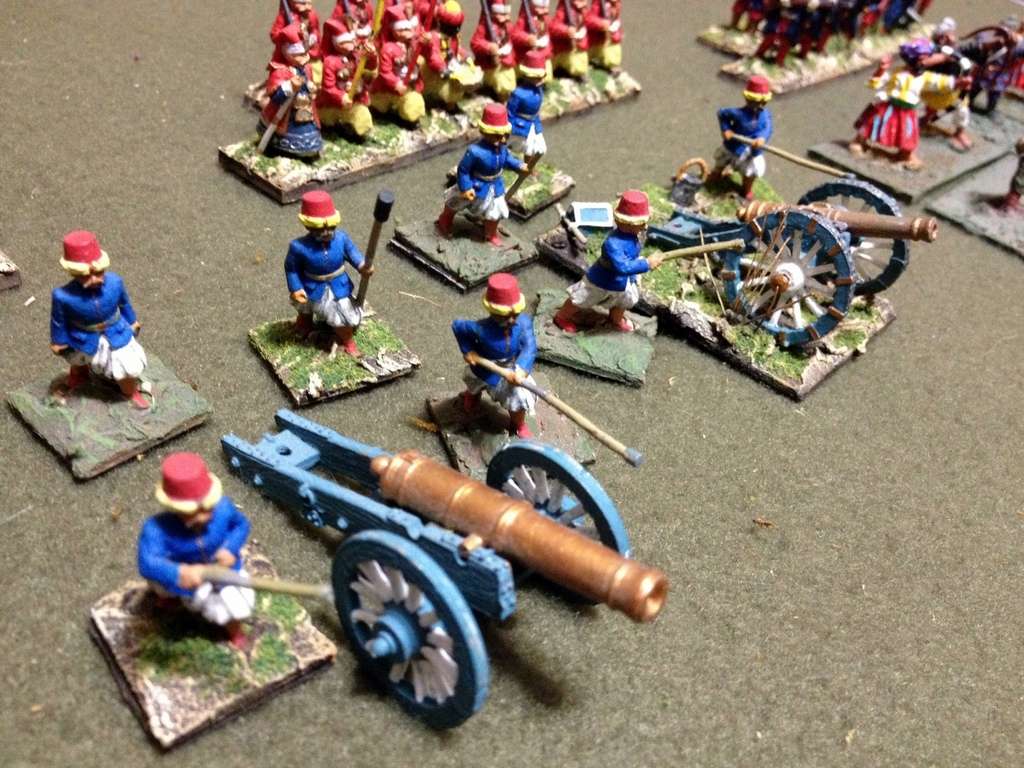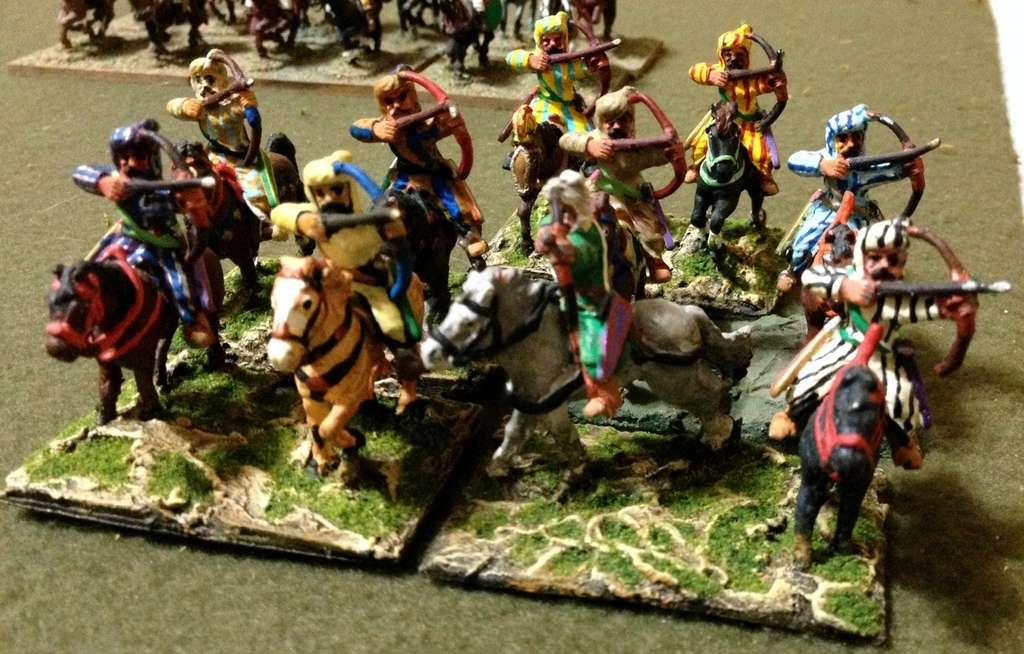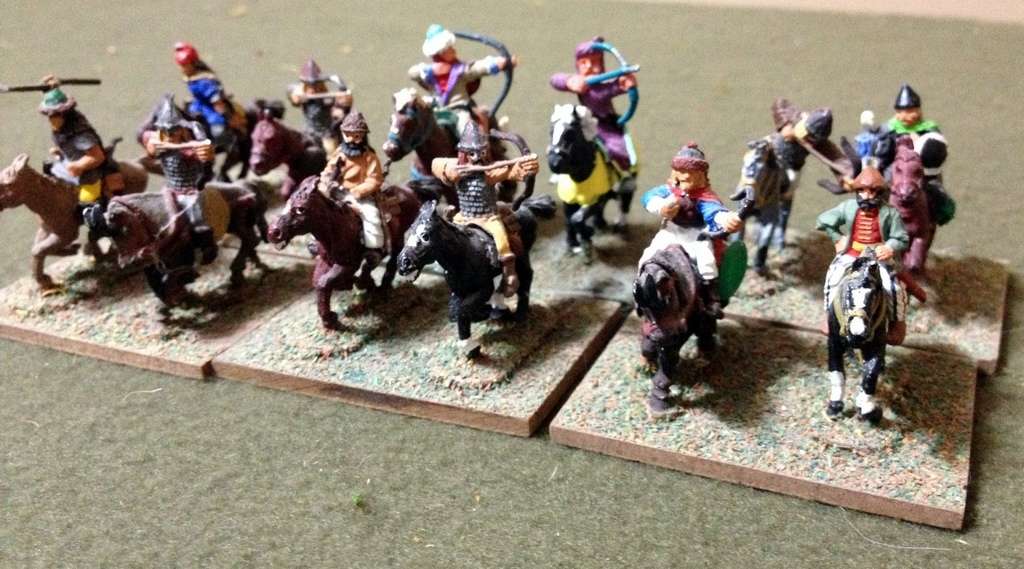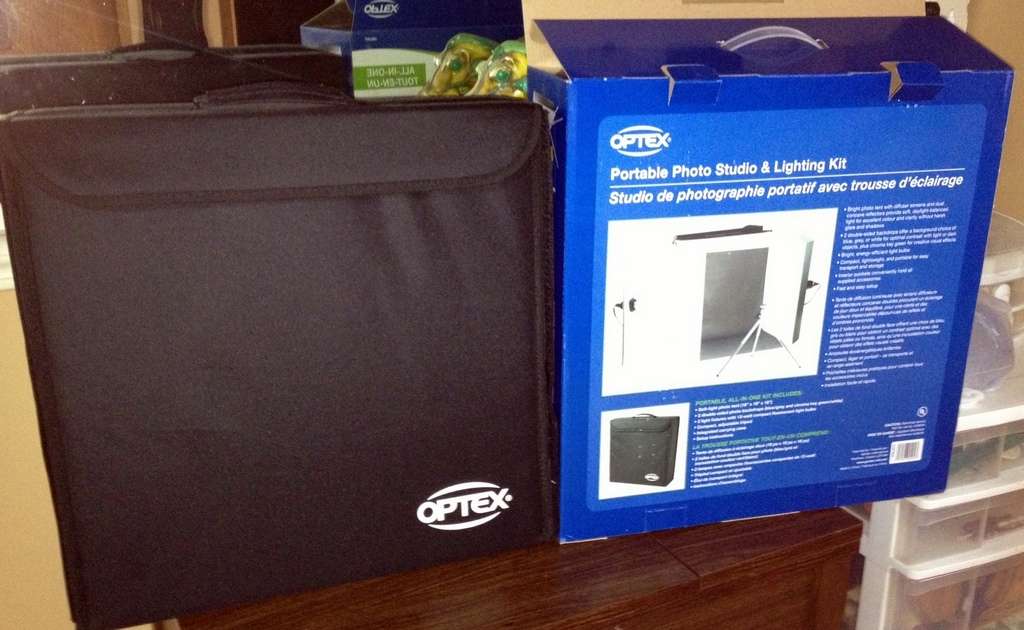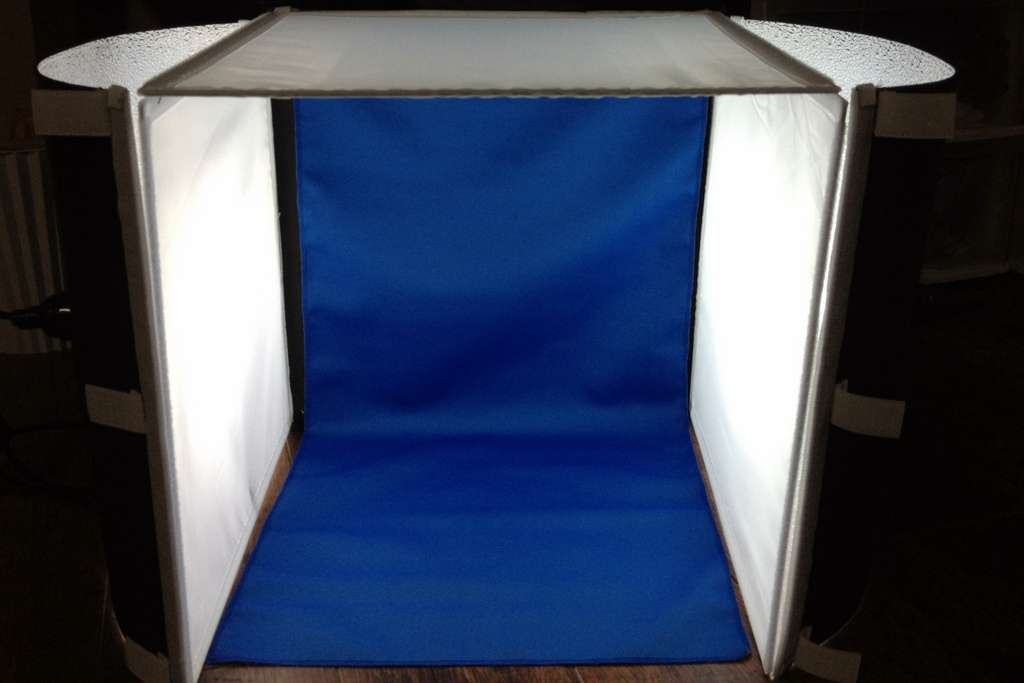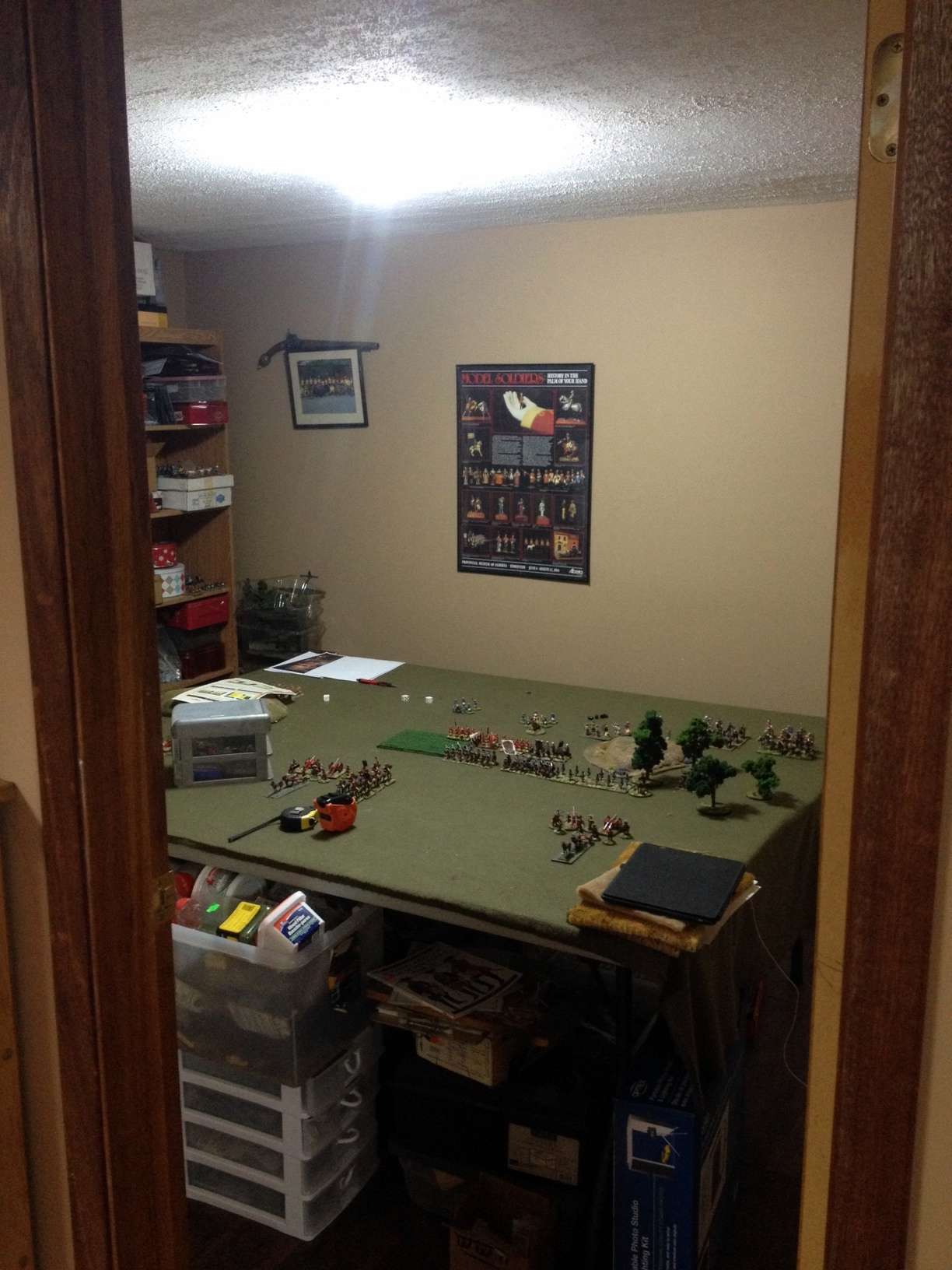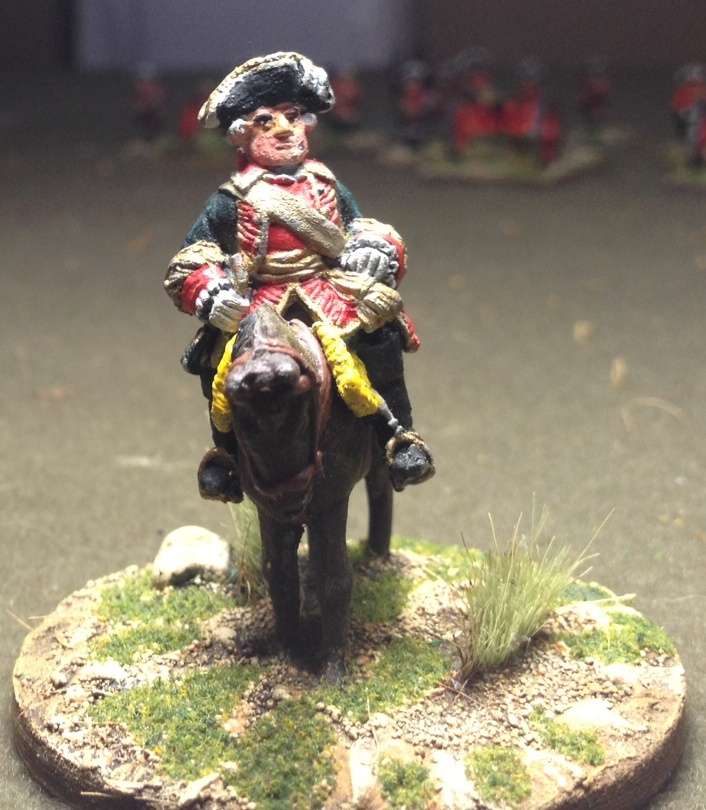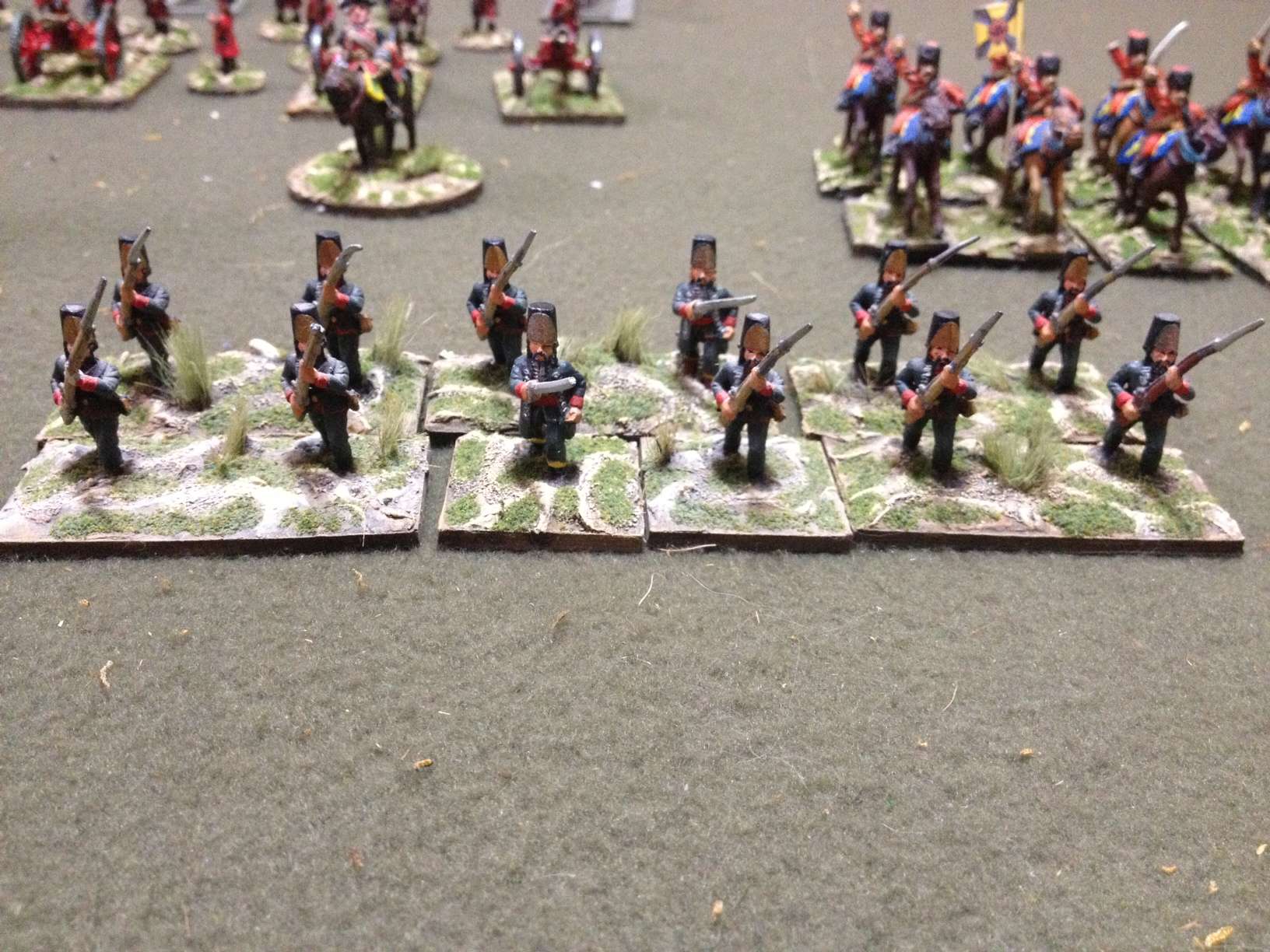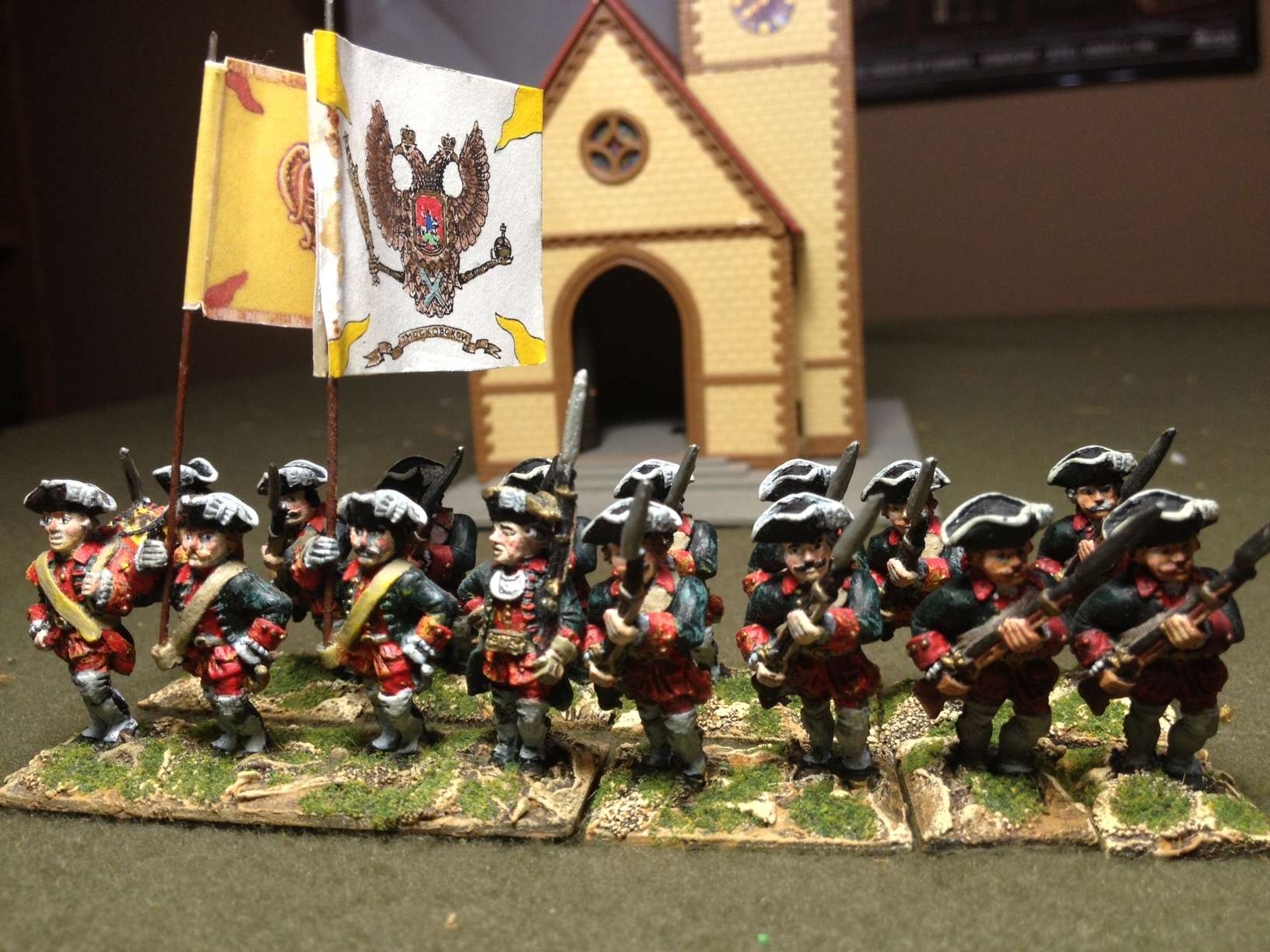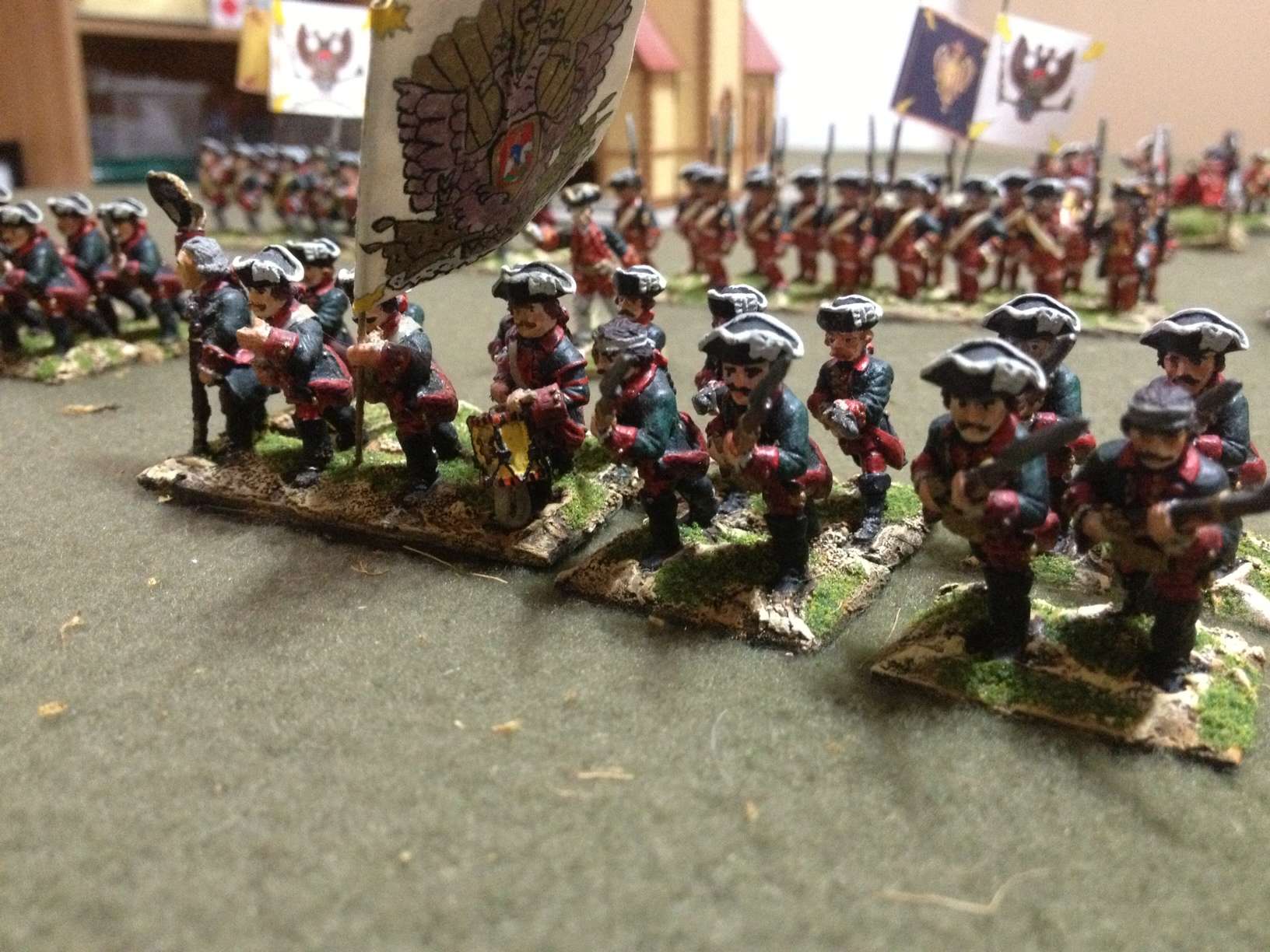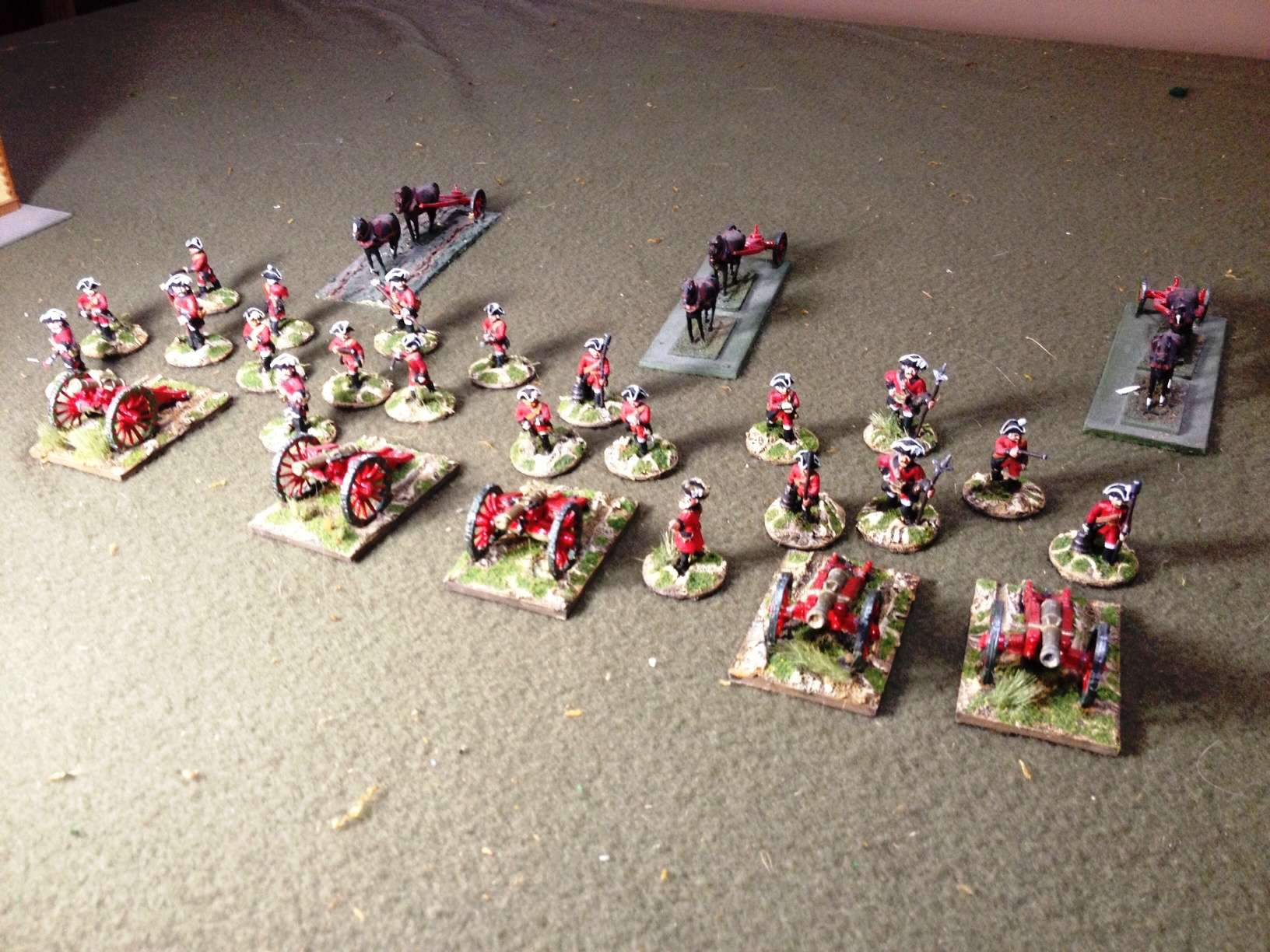In the game I'm playing solitaire at the moment, I have finished the D-Day landing phases and all has gone fairly well for the Allies -- except at Juno Beach, where a strategic disaster has just been avoided. Initially all was looking good. Air and sea bombardments had suppressed the German coastal artillery (CA), preventing it from keeping any of the attacking units at Juno from participating in the assault. I chose to make the assault with all three infantry brigades of 3rd Canadian Division, while leaving the attached armoured brigade to land as a reinforcement later. Seeing as units involved in successful beach assaults go to Spent status afterwards, and can only be made effective again by allocating precious resource points during the Refit Phase, I thought it would be a good idea to have some fresh units in reserve.
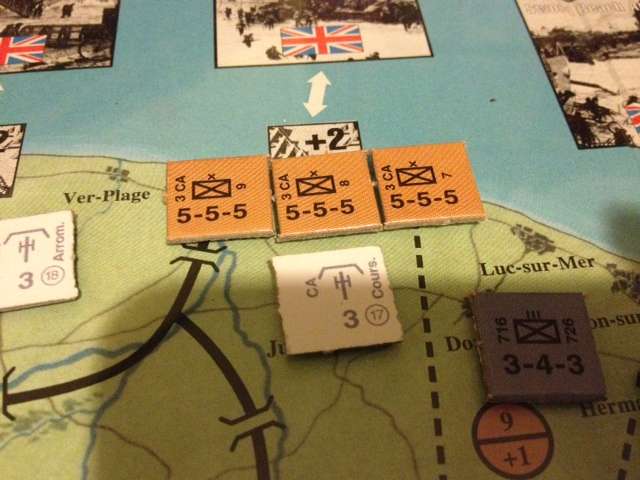
Along the same line of thought, since the only defending unit at Juno is the Courselles coastal artillery, which has been flipped to Spent status during the naval bombardment phase, I decide to attack with only two of 3CanDiv's brigades and leave the third as a reserve. That decision will mean forfeiting the +1 modifier for divisional integrity in the attack, but I figure I have enough advantages that I don't need that modifier.

Disaster. The Germans roll a 5, plus 2 for the coastal defences, plus 1 for the local terrain modifier, plus 3 for the Courselles CA defence value, for a total of 11. The Allies roll a 1 plus 3 for the lead brigade's combat value plus 1 for the supporting brigade plus 1 for air support in clear weather for a total of 6. Not nearly enough. Even had I chosen to attack with all 3 brigades, the div integrity bonus wouldn't have helped. Now my decision is weather to invoke the rule giving up the strategic initiative to the Germans in return for a re-roll of the combat result. It's a tempting option, but I still have to resolve the assault on Omaha Beach, where the Germans have more unspent units in defence and two CA that can fire on the incoming US units, potentially taking them out of the fight and imperilling Allied chances of taking Omaha. The idea of losing that beach assault is, as Eisenhower said of postponing the invasion, too bitter to contemplate, so I elect to keep the Initiative in case I need it. With two of the three British sector beaches captured, I can take my chances.
Since the Canadian assault failed, all three 3CanDiv brigades are flipped to Spent status and each takes a Disruption 1 marker, reducing their defence value by one and making them more costly to refit. Apparently the disaster of the Dieppe Raid in 1942 has revisited Overlord. From Vancouver Island to Nova Scotia, the June 7 newspapers back home will make for grim reading. Not only are my Canadian units vulnerable to counterattack, but the beach defences have not been cleared, so any future attack from the sea will have to face the +2 German defence modifier for the beach defences.

With the Omaha and Juno landings successful, the four unique D-Day phases are concluded and it is now the first German impulse of the June 6 turn. With the Allied vulnerability at Juno, the first German move seems obvious. Attacking with the 192nd regt. of panzer grenadiers of 21Pz only involves a move of one area, so there is no threat from Allied air interdiction as there would be from a longer move. It's an opportunity to crush one of the Allied beachheads and wreck one of the attacking divisions.
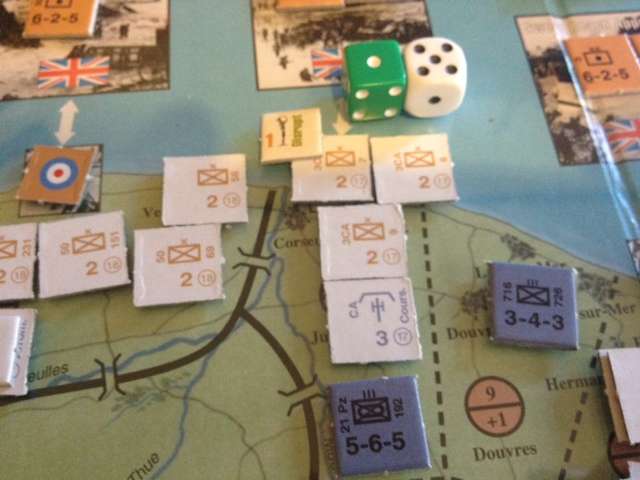
The German die roll is a good one: 5 plus 5 for the German unit's attack value versus the Allied roll of 1 plus 1 for the defence value of the lead Canadian brigade (2 - 1 for Disrupt 1) plus 1 for the area terrain modifier plus 1 for Allied air superiority for a total of 4 and a difference of 6 which would eliminate all three Canadian brigades, a disastrous result.

If there was ever a good time to cede the Advantage, now is a good time. With the re-roll (Allied 5 + 4 = 9 vs German 3 + 5 = 8) the new result defeqts the German attack and leaves the 192nd PGr spent. So disaster is averted, but the Germans have the Advantage now and there are still German day moves to be made. Will the Curse of Dieppe prove fatal to the D-Day landings? Stay tuned.




